De Bruijn Construction
Published:
As well known, a plane can be covered aperiodically by two types of rhombi: thick ones having angles $72^\circ$ and $108^\circ$, and thin ones having angles $36^\circ$ and $144^\circ$ (see Fig. 1).

Fig. 1: The thick and the thin rhombu taken from [1]
The desired tilings appear guided by the following local rules. Two rhombi can be glued along edges with the same arrow labels and corresponding directions. Such tilings are called Penrose tilings (see Fig. 2) and have various amazing properties. First, they lack periodic translational symmetry. Second, for any two tilings, any portion of the first one can be found in the second one, just applying a parallel shift.
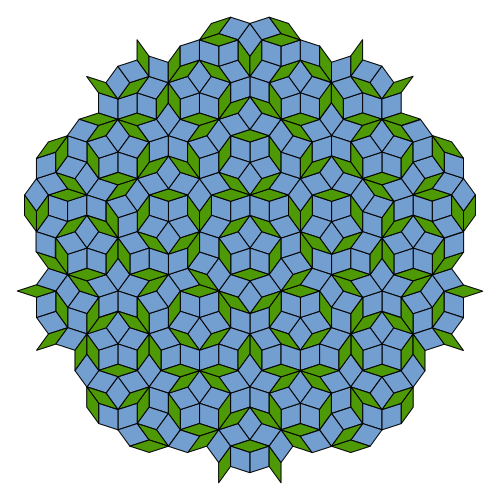
Fig. 2: A Penrose tiling taken from Wikipedia
Nicolaas Govert de Bruijn noticed that these patterns can be obtained from the following construction [1]. Start from five parallel straight lines going through the origin and corresponding to the directions along the 5th roots of unity $\zeta^j$, $j = 0, 1, 2, 3, 4$. We will refer to each of these lines as the 0th line of direction $j$. Draw other lines with step 1 parallel to the 0-th ones and enumerate them naturally by integer numbers. Now, shift each family of parallel lines by some real number $\gamma_j$ in such a way that any intersection point belongs exactly to two lines. The resulting configuration is called a pentagrid (see Fig. 3).
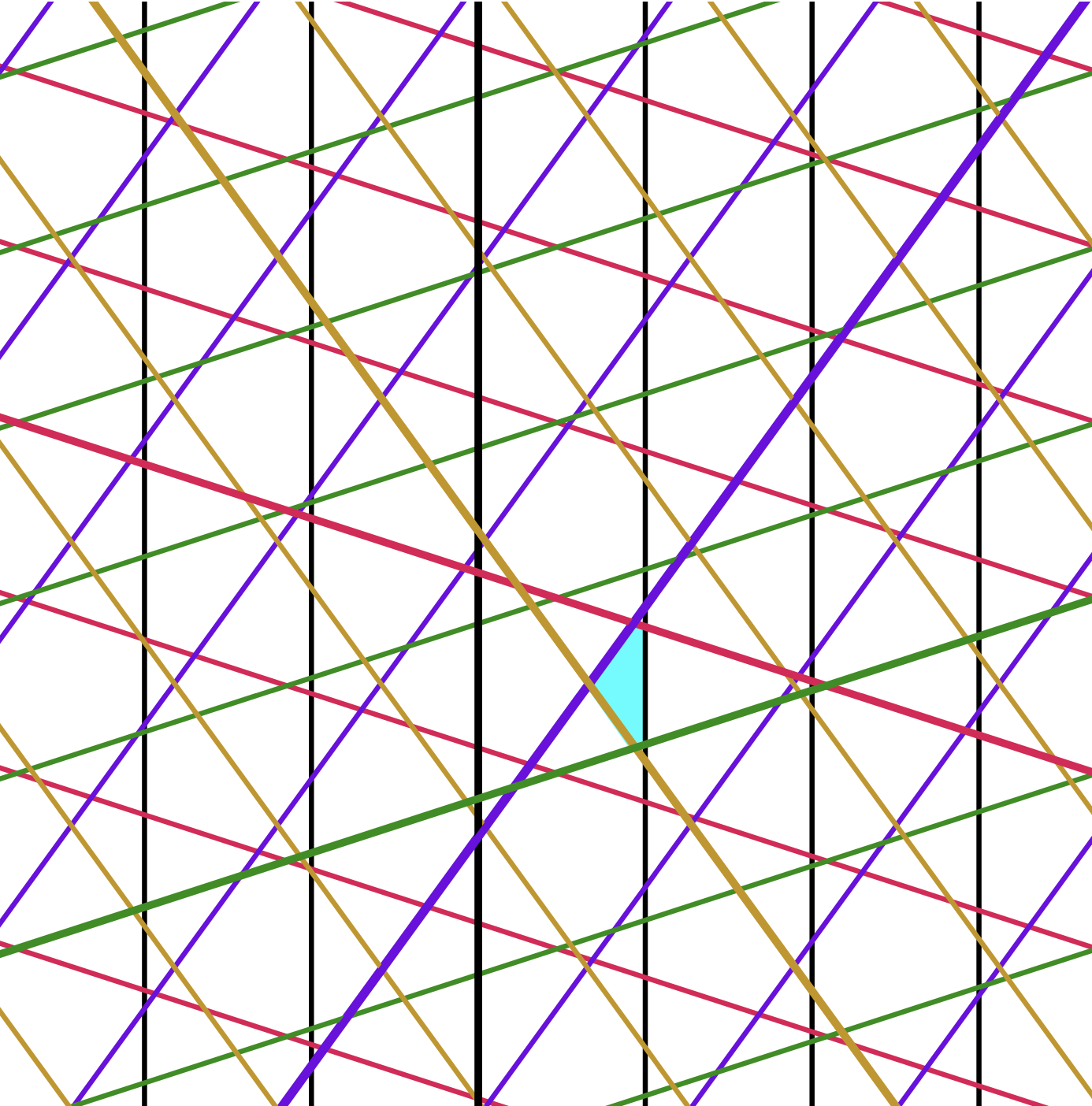
Fig 3: A pentagrid taken from [2]
We will call a pentagrid by de Bruijn–Penrose one if the following condition holds:
Notice that for each region of pentagrid (2-dimensional cell of the planar graph if you want), we can associate some 5-dimensional vector, with the $j\text{-th}$ component $K_j$ being the number of the strip which contains this region. In turn, for this vector, we consider the following point on $\mathbb{C}$
Let $S$ denote the corresponding set of resulting points when we go through the entire set of pentagrid regions. It is easy to see that in the case of de Bruijn–Penrose pentagrids, the dual graph of the pentagrid with vertices in $S$ consists of rhombi of two desired types. One can prescribe an arrow mark and a direction for each edge of this tiling in a way according to the local rules by analyzing the sums of $K_j\text{‘s}$. Thus, we see that any pentagrid produces some Penrose tiling $P.$ That’s cool!
Surprisingly, the converse is also true! Suppose we have a Penrose tiling. Consider the chain of rhombi, each of them sharing an edge of the same direction $j_0$. For each strip of rombi, let us draw a polygonal chain joining all midpoints of edges of the same direction. We get a planar graph $G$, which obviously is the dual one of $P$. It turns out that there is an isotopy of a plane making $G$ into a pentagrid.
Moreover, Penrose tilings, arising from pentagrids, are characterized by elements of the ring $\mathbb{Z}[\zeta]$ modulo some identifications. More precisely, for such a tiling with parameters $\gamma_j$, associate the complex number
Suppose we have two pentagrids with the numbers $\xi$ and $\xi^\ast$, producing Penrose tilings $P$ and $P^\ast$ respectively. Then the tilings $P$ and $P^\ast$ are shift-equivalent if and only if $\xi - \xi^\ast\in I$, where $I$ is the ideal generated by $1 - \zeta$.
De Bruijn also noticed that any Penrose tiling can be obtained via the orthogonal projection of some polyhedral surface in $\mathbb{R}^3$, called Weiringa’s roof (see Fig. 4). It consists of the copies of the fixed rhombus with the acute angle $\alpha = \mathrm{atan}\; 2$.
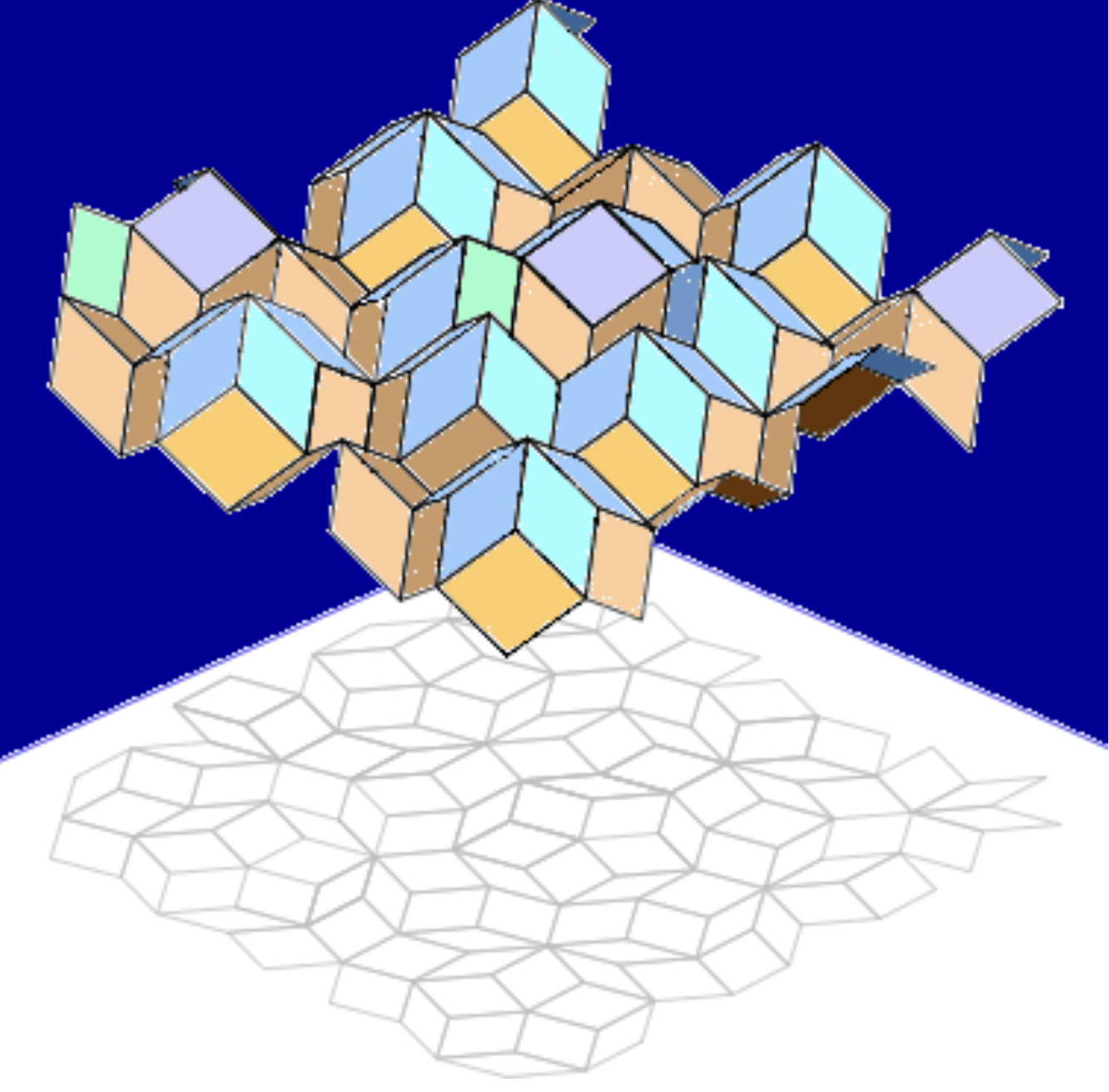
Fig. 4: Weiringa's roof taken from [2]
There are also generalizations for the cases of: non-zero sums $\sum\gamma_j$ (see Fig. 5), non-regular intersections of lines in pentagrids (see Fig.6, here, we will have tiles that can differ from rombi, e.g., decagons), mutligrids, and higher dimensions. See the excellent paper [1] for further reading.
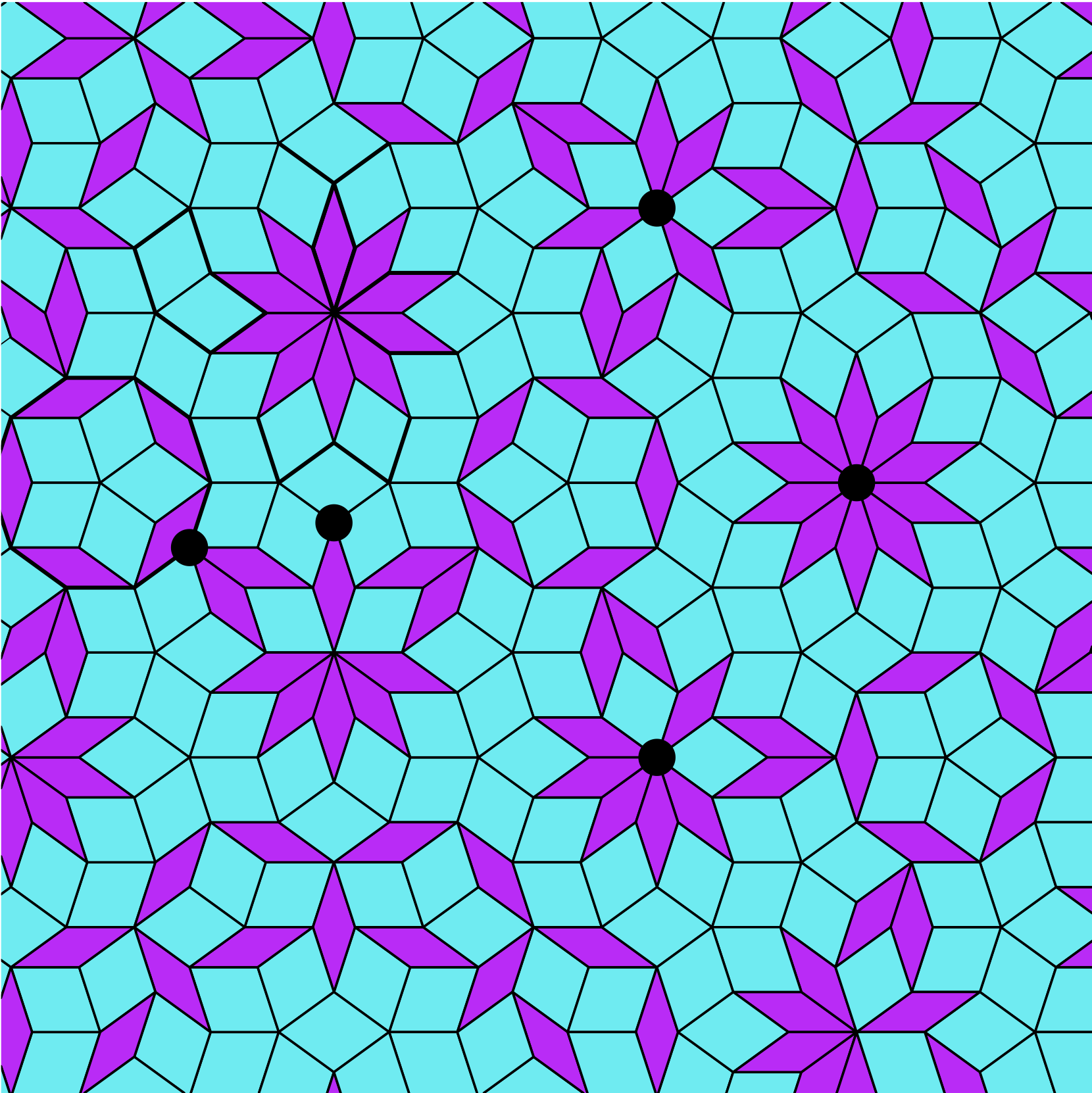
Fig. 5: The dual of the pentagrid with $\sum\limits_{j=0}^4\gamma_j = 1/2$. Taken from [3]
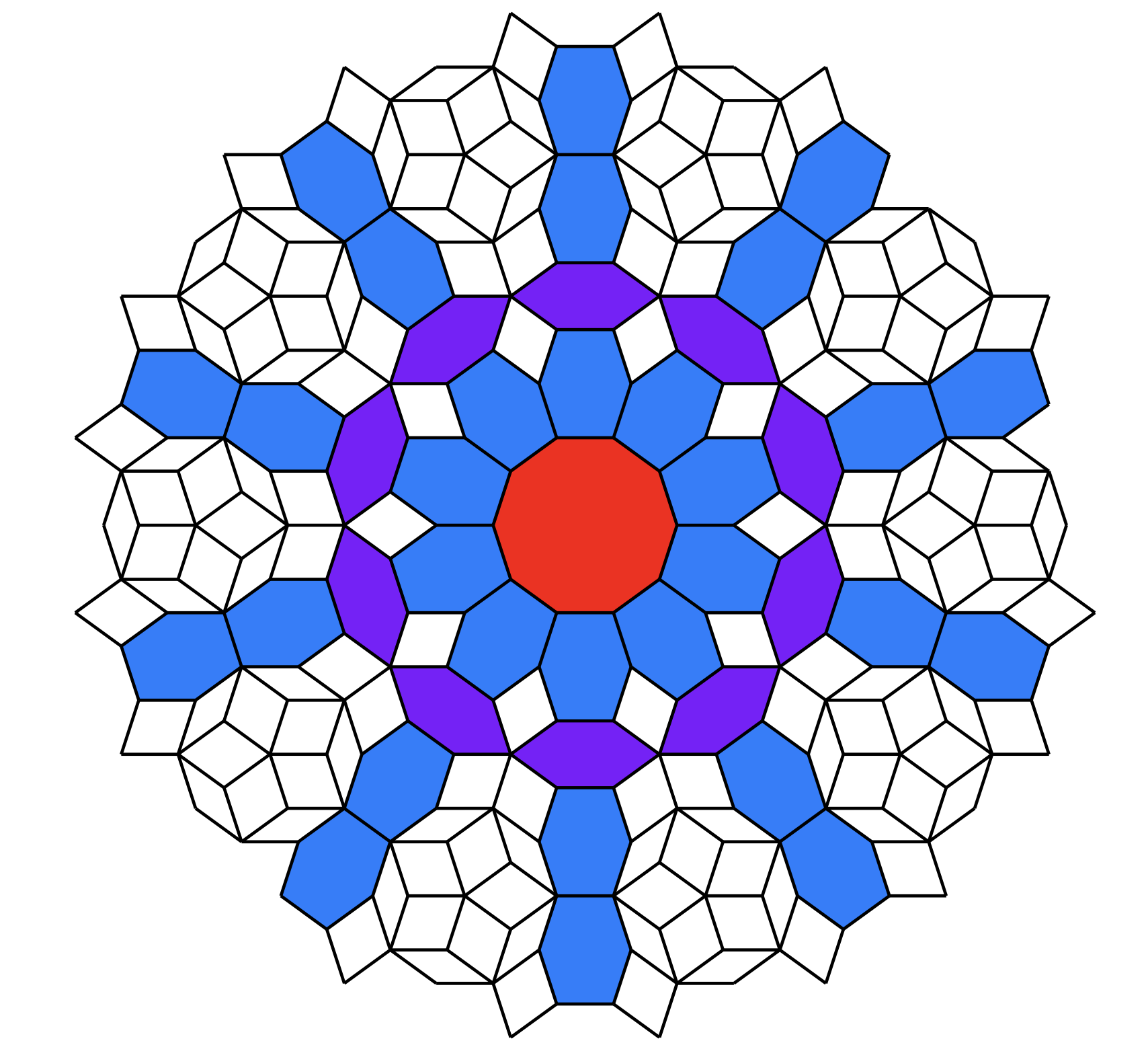
Fig. 6: The dual of the singular pentagrid with $\gamma_j = 0$ for all $j.$ Taken from [3]
References
- Bruijn, de, N. G. (1981). Algebraic theory of Penrose’s non-periodic tilings of the plane. I, II: dedicated to G. Pólya. Indagationes Mathematicae, 43(1), 39-66.
- https://www.math.utah.edu/~treiberg/PenroseSlides.pdf
- Bailey, Laura Effinger Dean Duane. The Empire Problem in Penrose Tilings. (2006).
